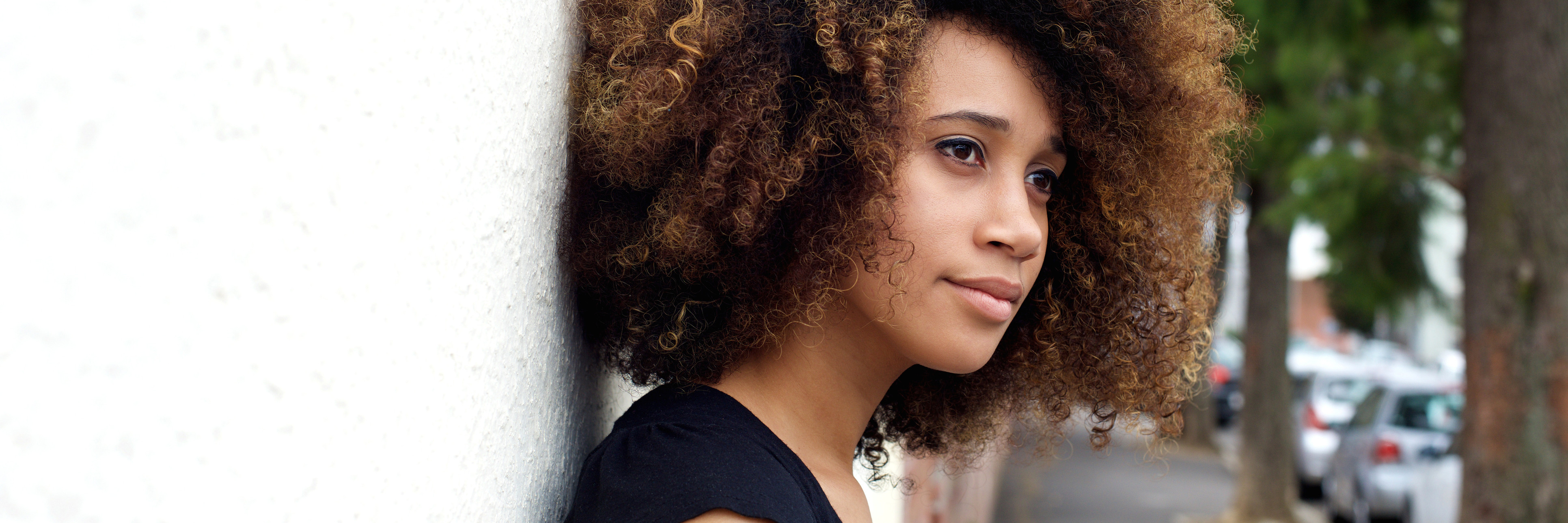Editor’s note: If you live with an eating disorder, the following post could be potentially triggering. You can contact the Crisis Text Line by texting “NEDA” to 741-741.
Growing up mixed-race (Australian-Tanzanian, to be specific) comes with a few challenges. As a light-skinned woman of color, many of the challenges I have faced are trivial, like having to explain my accent or how to pronounce my name, or ticking the Other (please specify) box when my ethnicity is not listed on forms. The biggest challenge for me, though, is belonging to two cultures — but feeling like I don’t quite fit in either.
This challenge became particularly apparent when I was 13 years old, and my family moved to Australia. I had spent most of my childhood living in Kenya and South Africa. Like any 13-year-old girl, I wanted desperately to fit in at my new school. This school felt different though. This was the “whitest” schools I had ever been to — my sister and I made up two of four African girls in the entire school. As I made efforts to fit in, I became a lot more aware of what made me different.
I noticed my curly hair, which grew outward instead of downward; everyone else had long, straight hair. I noticed my nose was wider and my lips were fuller. More than anything else, I noticed my body. I saw my chunky thighs, wide hips and big butt. Everyone else seemed to go straight down from the waist without a single curve. Compared to these other girls, I felt “fat.”
I grew up surrounded by women with hair, bodies and facial features like mine. They were not only common, but desirable. Now, those same features had made me an outcast, undesirable — and I wasn’t the only one who noticed. I received comments about my body shape, sometimes they were meant as compliments, sometimes they were not. The fact that people commented at all meant they could see I was different. I wanted to make myself smaller, less noticeable, less different.
I thought the best solution was to “whitewash” myself. I started straightening my hair on a daily basis, rarely revealing my natural curls. I started trying to lose weight. I started listening to different music and removing slang I had picked up in South Africa from my vocabulary. I tried to identify more with my “white” side in order to feel accepted, and in doing so, I became disconnected from my African heritage.
For a combination of reasons, I continued to feel like who I was and how I looked were unacceptable. Efforts to alter the way I looked —and ultimately how I felt about myself — escalated into an eating disorder that continued into my early adult life. My weight fluctuated throughout this time, but the shape of my body barely changed. I remember having moments of absolute despair as I looked in the mirror and burst into tears. I felt hopeless and resentful because I could not change my body no matter how hard I tried. I felt trapped in a body I hated.
As I’ve matured and worked towards a more positive body image in my recovery, I have recognized being different does not necessarily equate to being undesirable. I have started to long for a stronger connection to my African side, and I have started to celebrate what makes me different. Although the ghost of my eating disorder continues to follow me, the pressure to fit the “skinny” mold is subsiding.
If you or someone you know is struggling with an eating disorder, you can call the National Eating Disorders Association Helpline at 1-800-931-2237.
We want to hear your story. Become a Mighty contributor here.
Thinkstock photo via m-imagephotography.

